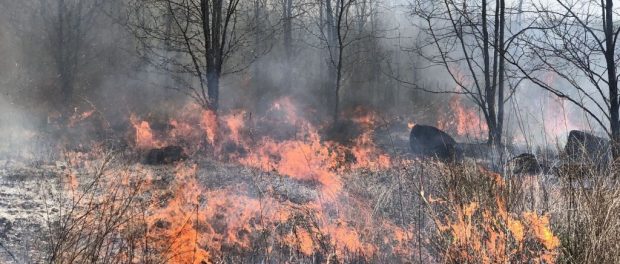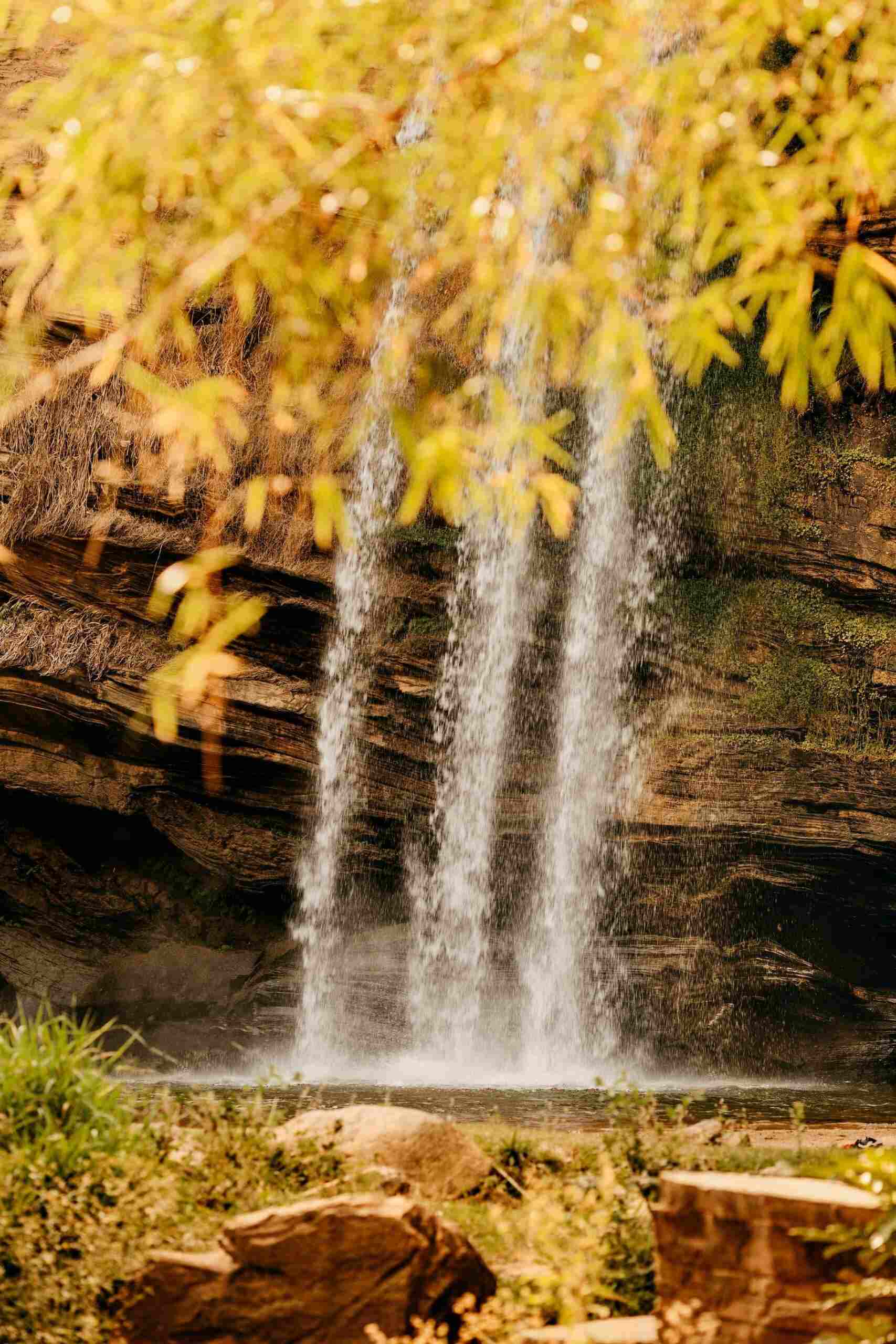
The land was clear-cut for years, but recently, controlled burns have helped clear thickets to provide for the natural recruitment of native seeds and plants. The vegetation of the Cumberland Plateau has changed dramatically since the onset of widespread logging and fire exclusion. Today the Plateau is forested across nearly its entire length, but multiple lines of evidence suggest that this was not always been the case. Pollen records from this region show that past plant communities were more heavily dominated by fire-adapted species. Even as recently as the 1780s, early explorers of the region described vast upland prairies supporting white-tailed deer, elk, and bison. The continued presence of shortleaf pine (Pinus echinata), one of the most fire-dependent conifers in the US, further demonstrates that this ecosystem is adapted to fire.






